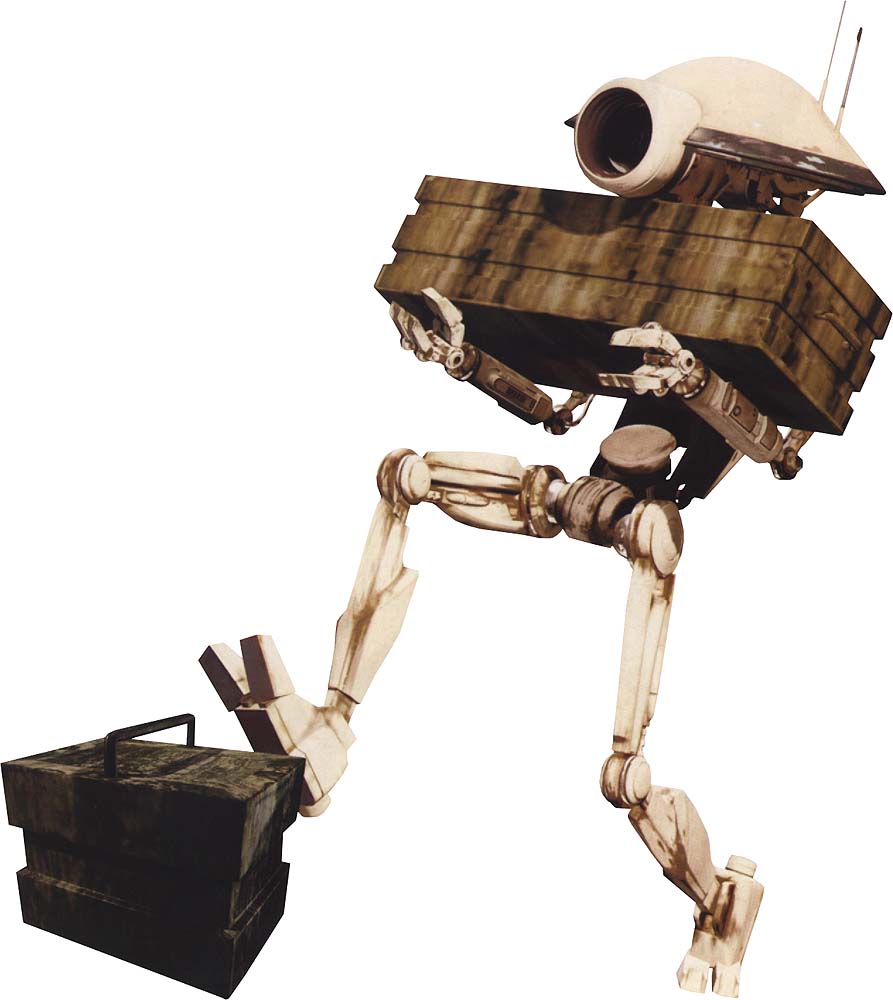The basic premise of the game is a highly immersive PC co-op horror game centered around the idea of sensory deprivation. 2 players would navigate levels attempting to reach an exit, solving puzzles and avoiding hostile characters in a co-operative manner. The main mechanic of the game lies in the fact that one player cannot see, and the other cannot hear. The player who cannot see still receives visual information from their screen, however, in the form of particle effects manifesting on an empty blackness whenever sound happens in the level. For example, a room filled with humming fans would be partially visible to the blind player. In this sense, sound acts almost as a light entity. The deaf player cannot see or hear sound at all. As the enemies in the game are revealed primarily through the noise they make whilst moving, the deaf player has little warning of oncoming hostiles. The 2 players counter the weaknesses of the other through communication over a microphone feature.
Setting:
"On a routine voyage from Earth, Munich to Mars Phobos, Long Kansas, the IGS Ishmael cruiser ship was abandoned after a fire in the engine-room. 42 crew members were lost in the lockdown of the lower decks. Whilst reports claim a bug in the AI maintenance systems, the exact cause of the fire is unknown. Military Technicians from Long Kansas was dispatched to investigate and terminate the possible rouge maintenance-robots. Most of the robots were successfully terminated, but 2 have been detected as attempting an escape through the lower decks of the Ishmael. A specialist extermination team was sent down into the depths of the cruiser in order to safely purge the last remaining maintenance-robots. One has already suffered severe visual sensory damage, and the other has lost its audio receivers. The termination mission should be over in a matter of hours."
 |
| System Shock 2 |
 | |
| Doom 3 used and advanced lighting system to its advantage to create atmosphere and a claustrophobic environment. |
The game would rely very heavily on atmosphere, as it is primarily a horror game. For this reason, it would be built in a high-fidelity game engine such as cryengine 3 to allow for dynamic lights/shadows as well as next-generation visuals. Assets would be created in 3DS max and Photoshop. The art-direction of the game would be gritty realism, with a primarily grey colour palette for the deaf-robot and a more colourful one for the blind robot. Games like System shock 2 and Doom 3 help to illustrate the intended isolated feel for the levels of the game. The enemies of the game will be rarely seen (by the deaf robot), but often heard (by the blind robot) and will be humanoid. Although the main characters are robots, we as players will relate with humans when they appear, so to ensure the enemies are still scary, they will be dressed in face-concealing space-gear, similar to gas masks, to create a sense of the unfamiliar and the hostile.
Overall the game is an exercise in creating fear for more than one player- something that has yet to be successfully executed in a co-op game. It seems that when horror games become co operative, players loose that sense of immersion through relation with their partner. I hope that with providing 2 distinct experiences for the co operative players, they will continue to feel sufficiently isolated in order to promote a sense of fear.
 |
| Pit Droid (Star Wars Episode 1) |
The 2 main characters would have approximately 30,000 polygons each, as well as 2 1024x1024 textures. They are to be humanoid in appearance, but without distinguishing facial features. The Pit Droids from the star wars universe are good examples of the level of "human" that the maintenance robots will appear to be. "Cute" is a horrible word, but it does find its way in there somewhere.
Environments would be highly detailed, nearing 500,000 polys on screen at one time. Assets would all utilize advanced materials to interact with light realistically, as well as having realistic physical properties. Due to the claustrophobic areas in the game, a lot of detail could be pushed into a small space. Visual fidelity is priority, and this game is intended for higher end PCs. Enemies would be around 10,000 polygons and use a single 1024x1024 texture. Props are included within the environment budget, and a reasonable count for a prop such as a screen or a generator would be around 2,000-5,000 depending on the size of the asset.
Main character:
30,000 polygons
2 1024x1024 materials including:
Colour specular,
Normals,
Diffuse,
Gloss maps.
Enemies:
10,000 polygons.
1 1024x1024 material including:
Colour specular,
Normals,
Diffuse,
Gloss maps.
Small prop: (screen, table, electrical box)
2,000 polygons.
1 512x512 material including:
Colour specular,
Normals,
Diffuse,
Gloss maps.
Large prop: (generatiors, wall-mounted piping sections)
5,000 polygons
1 1024x1024 material including:
Colour specular,
Normals,
Diffuse,
Gloss maps.
http://media.pcgamer.com/files/2011/03/PCG220.Reinstall_Shock2_103.jpg
http://static.giantbomb.com/uploads/original/1/17285/604479-doom454.jpg
http://img3.wikia.nocookie.net/__cb20070420055210/starwars/nl/images/3/31/DUM.jpg
